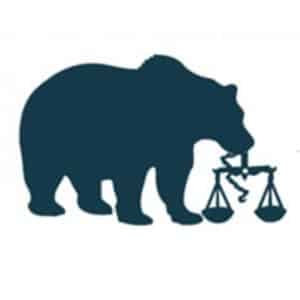|
Listen to this Article
|
In America, both police the military wear uniforms. These serve many purposes, including making members easily identifiable and emphasizing group unity. Uniforms can also have legal importance, as they delineate between combatants who represent governments and those acting independently.
Yes, uniforms are important. The question is, just how uniform do uniforms have to be?
Members of the Sikh faith are challenging some traditional notions about uniformity as they enter professions that require uniforms. As U.S.-citizen Sikhs increasingly sign up to serve our country, the armed forces and police have been forced to re-think the true purpose of their uniform requirements.
Why do Sikhs have difficulty wearing uniforms?
About 200,000 Sikhs live in the U.S., according to the Pew Research Centers. This major world religion has a lot in common with the ideals many Americans cherish — an intimate, loving relationship with God and the conviction that all human beings are equal in the eyes of God.
They also follow a strict religious dress code, aspects of which have come into conflict with U.S. uniform standards. Sikhs are forbidden from cutting their hair, so both sexes wear their hair long. Male Sikhs also have long beards and wear turbans as a required part of their religious accoutrements.
Unfortunately, long hair, long beards and turbans are not allowed in the U.S. Army. And while Army can’t legally suppress any soldier’s sincere religious practices, the accommodation granted to Sikh men required them to take a series of tests not given to other soldiers.
Lately, the U.S. Army has been reconsidering a uniform code that seems to exclude qualified Americans who want to serve. In September, after years of pressure, the Army changed its uniform and grooming standards to allow female African-American soldiers to wear twists, braids and corn rows.
Now the Army has announced that Sikhs will be allowed to wear their uncut hair, beards and turbans as part of the uniform as long as it is safe to do so.
Police departments have looser rules than the military, but certain standards are still enforced. In the NYPD, for example, required religious head coverings have been allowed under hats — as long as they fit. Since turbans don’t fit under police hats, Sikh men were only approved to wear a patka (a children’s version of the turban) or nothing.
Late last year, those standards were changed to allow Sikh officers to wear full turbans, as long as they were NYPD blue with an attached hat shield and all hair is tucked inside.
Uniforms are meant to create unity, not division. If your organization requires them, have you looked into what effect they’re really having?


